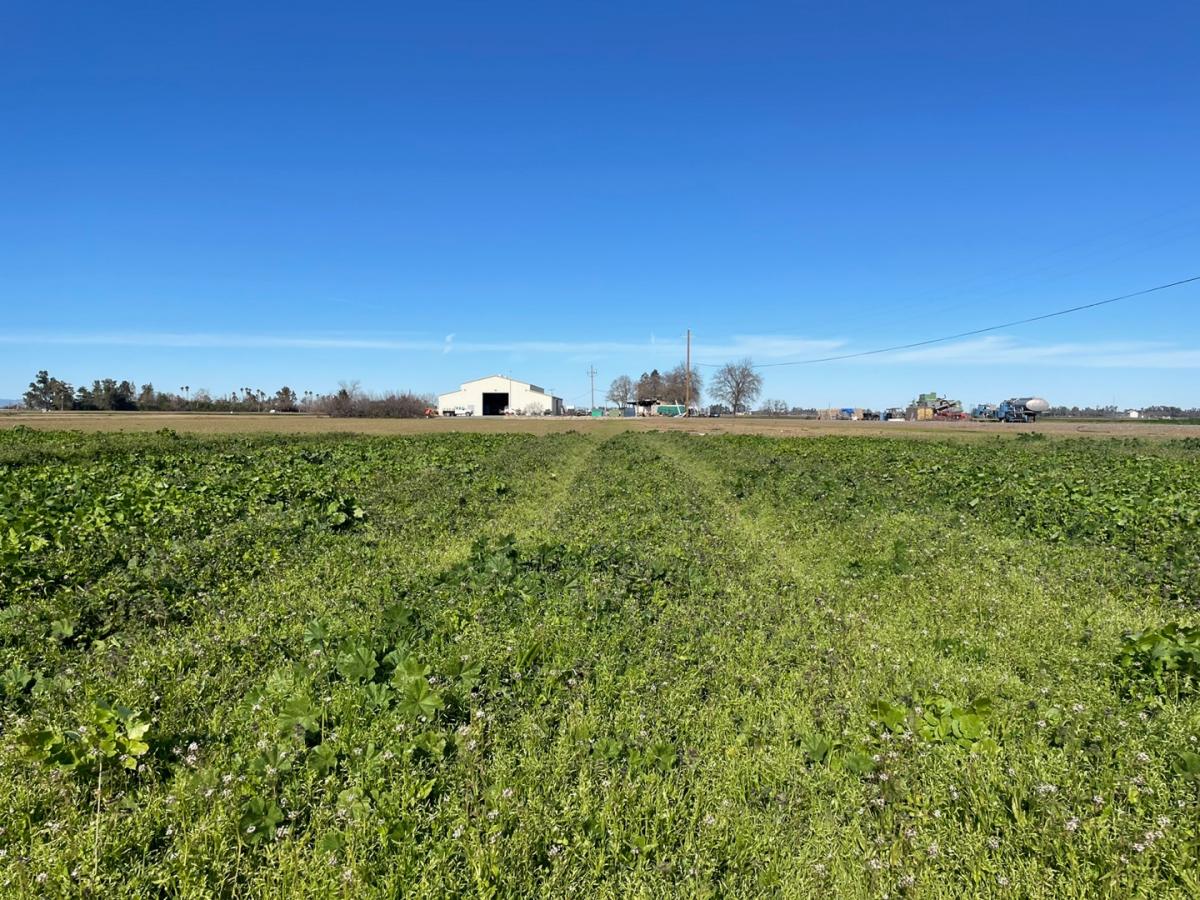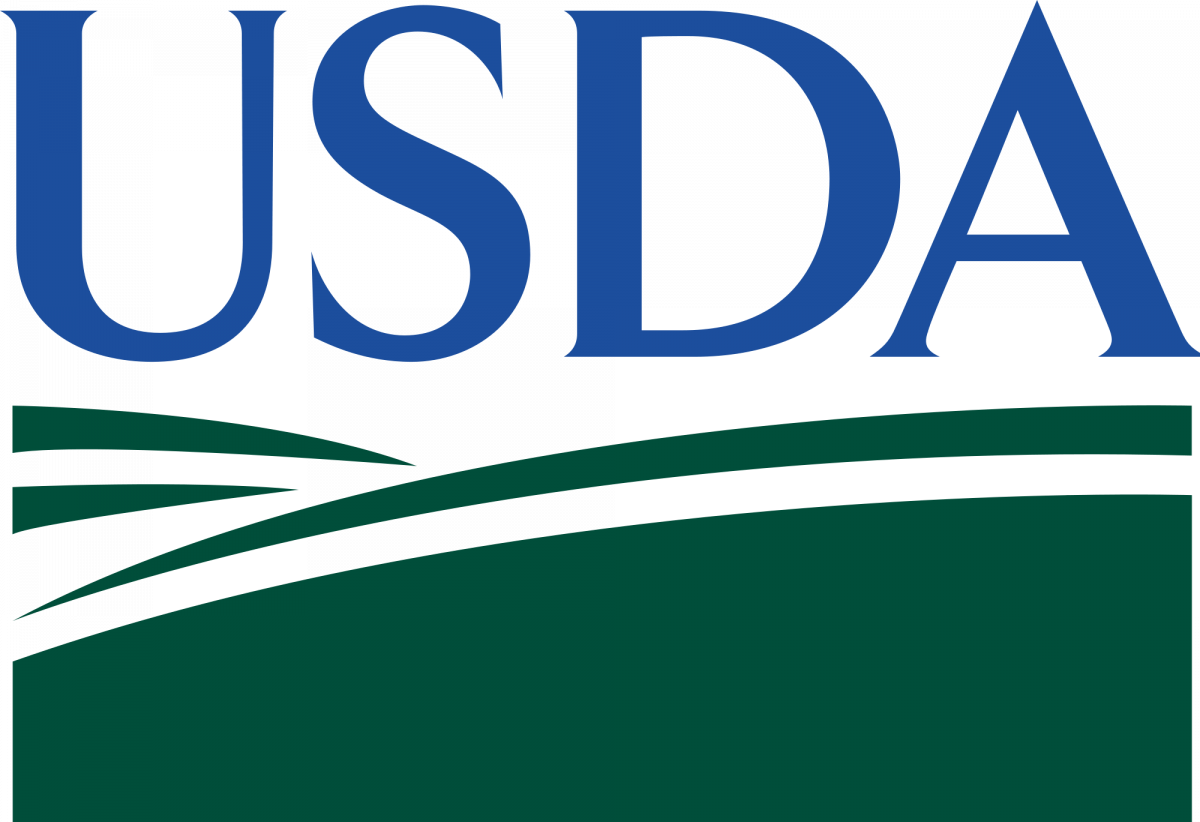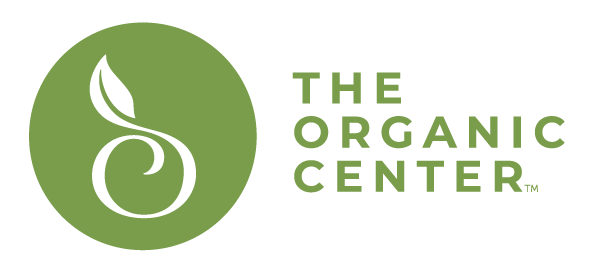5/20/2024
Integrated Crop Livestock Vegetable System Report now available.
A summary of work from the past several years is now available in a final report that offers main findings and recommendations with resources.
Access the report here to learn more:
2/16/2023
Grazing Cover Crops in Annual Cropping Systems: 2019-2022 winter cover crop grazing experiment
A 2022 UCCE focus group with local growers (n=8) and ranchers (n=5) found that both groups see some too many advantages of grazing on cropland and would like grazing on cropland encouraged, adopted, and expanded.
What are the potential benefits to growers of grazing cover crops?
- Increased land use efficiency, forage value
- Increased nitrogen (N) availability
- Increased soil health and microbial activity
- Decreased weed pressure and biomass control
- Reduced reliance on fossil fuels/herbicides
What concerns might growers have about grazing cover crops?
- Soil compaction risk
- Nitrate leaching risk
- Food safety risk
- Positive soil outcomes take too long to achieve • Logistical complexity within the operation cycle
Experiment Discoveries
The objective for the 2019-2022 winter cover crop grazing experiment was to investigate the impacts of cover crops and cover crop grazing on soil health, soil carbon pools, soil nutrient cycling & foodborne pathogen risk in an organic vegetable system.
By implementing a maize-tomato-spinach-cucumber rotation on tilled, organic plots at Russell Ranch at UC Davis, with three different winter treatments: fallow, ungrazed cover crop (ungrazed CC), and grazed cover crop (grazed CC). Image representation below.

What was found?
- Increase in soil nitrate in grazed CC plots
- At vegetable planting in Yr3: fallow- 9 lb N/A , ungrazed CC- 28 lb N/A, grazed CC- 27 lb N/A
- At peak nutrient uptake in Yr3: fallow-22 lb N/A, ungrazed CC- 59 lb N/A, grazed CC- 85 lb N/A
-
Nitrate leaching wasn’t significantly higher in grazed CC plots, though there were hotspots
-
Trends toward higher microbial activity (respirable carbon) in grazed CC plots
-
At peak nutrient uptake in Yr3: 35% increase from fallow, 9% increase from ungrazed CC
-
-
No difference in soil structure or soil compaction (bulk density) between treatments in Yr3
-
The emergence of barnyard grass (a summer weed) was suppressed in grazed CC plots
-
Higher rainfall and lower soil temperature are associated with greater generic E.coli risk in all treatments - USDA’s National Organic Program 90-120 day wait-period between manuring/grazing and harvesting should take into account environmental factors.
Thanks to the growers and ranchers who participated in the UCCE Focus Group on 3/1/2022.
For more information: srwilliams@ucdavis.edu
7/20/2022
Virtual Field Day: Integrating Livestock in Organic Crops and Its Impacts on Food Safety and Soil Health
The Organic Center partnered with researchers from Maryland, Minnesota, and California to present their findings on the impacts of cover-crop grazing on food safety and soil health for fresh spinach and cucumbers in organic systems. This webinar will provide you with an understanding of how grazing of cover crops in fresh vegetable production systems can be implemented in 3 different climates (humid coastal, humid continental, and semi-arid).
Watch the webinar here:
3/4/2022
How variation in rainfall impacts experiments
It is important to understand the differences in climate and precipitation between our three sites in Maryland, Minnesota and California, as well as the variation within sites, across years. For instance, the timing and amount of rain will impact how well and when our cover crops grow for grazing and there can be vast differences in climate between our sites. For instance at our study site in Davis, California, the typical yearly average of precipitation is about 20 inches with no snow, versus 46 inches and 8 inches of snow at our Maryland site, and 28 inches of rain with 43 inches of snow at our site in Minnesota. In this update we present two ypes of rain data:
- Cumulative preciptation (Figures 1 & 2) shows how much rain accumulates over the year. This allows us to compare total rain across years within a site to look at longer term climate trends, It also allows us to compare long-term climate trends across regions. For instance Figure 1 shows a maximum accumulation of about 7 inches of rain in 2020 in California, while the cumulative rain for 2020 in Minnesota was closer to 17 inches.
- Monthly precipitation (Figure 3) shows how much variability there can be within a year and also allows us to look at shorter term ecological responses to that variability in rain. For instance, the performance of the cover crop will depend on the timing and amount of rain after it's planted.
California Field Update:
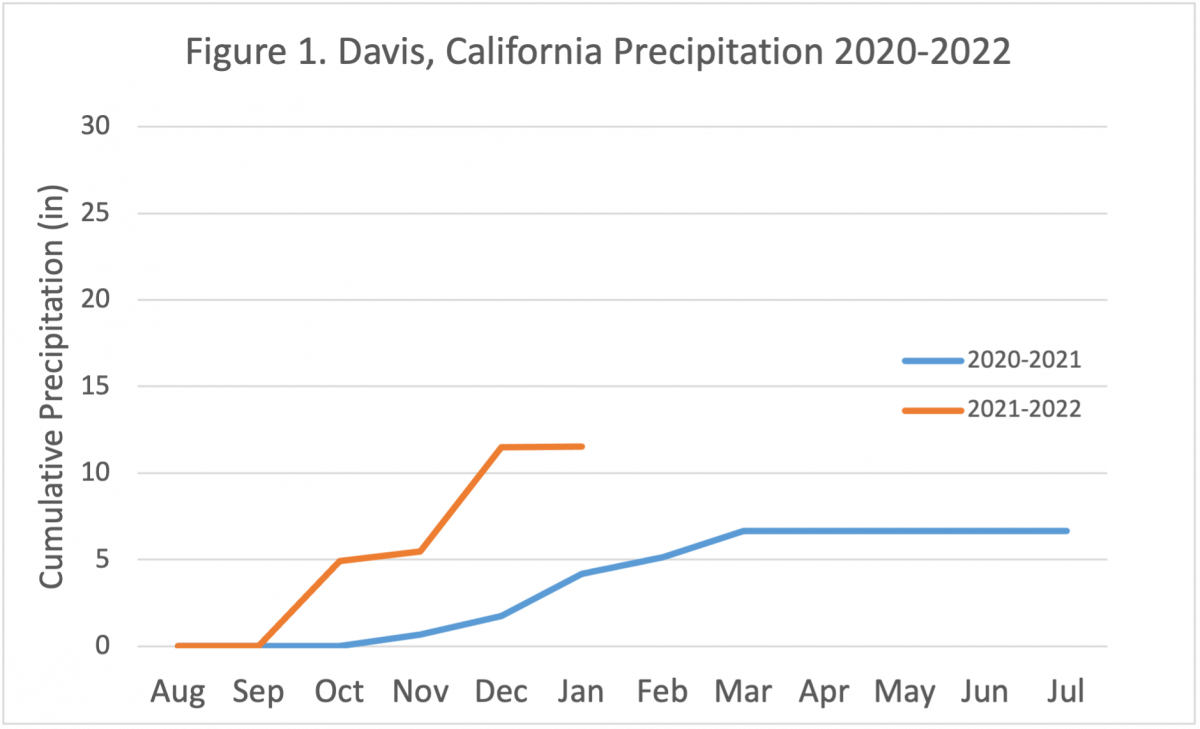 It is rare to get the average rainfall in Davis, California and most years the rainfall is either much lower or higher than 20 inches. In 2020-2021, there was very little precipitation with approximately six inches for the entire winter. In the fallow season of 2021-2022, there was early rain in October- December, but no precipitation since early January. The cumulative total is about 12 inches thus far with no rain in the forecast, suggesting drought conditions will continue.
It is rare to get the average rainfall in Davis, California and most years the rainfall is either much lower or higher than 20 inches. In 2020-2021, there was very little precipitation with approximately six inches for the entire winter. In the fallow season of 2021-2022, there was early rain in October- December, but no precipitation since early January. The cumulative total is about 12 inches thus far with no rain in the forecast, suggesting drought conditions will continue.
In California, due to ample early rain and current warm conditions, the cover crop is maturing quickly this year. The California cover crop mix is predominantly daikon radish this year, even though all three species (daikon, cereal rye and red clover) were planted. It is unclear what is driving this. We plan on grazing the cover crop in mid-February. Foodborne pathogen monitoring will begin after grazing, following the same protocols as last year. We are also currently investigating what cucumber varieties do well in the California Central Valley and plan on direct-seeding cucumber into our plots in the springtime after grazing.
Minnesota field update:
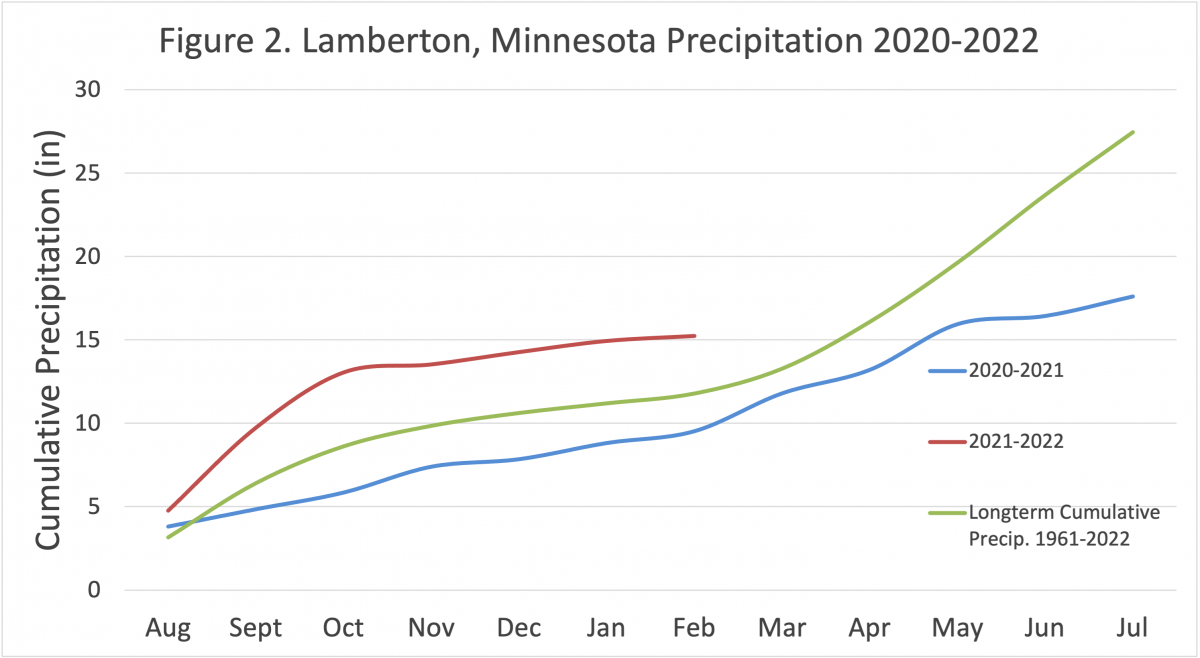 Minnesota precipitation varied over the first growing season of the trial. We had adequate rainfall during the establishment of the cover crop mixture in August 2020, however, during the summer of 2021 monthly precipitation levels remained consistently below the long-term historic value recorded at our National Weather Service (NWS) station. It was extremely dry during May, June and July of 2021 during the establishment of the spinach crop. Monthly precipitation amounts were above normal in August through October of 2021, during the establishment of the cover crop for the 2022 growing season, but have since dropped to at or below normal amounts
Minnesota precipitation varied over the first growing season of the trial. We had adequate rainfall during the establishment of the cover crop mixture in August 2020, however, during the summer of 2021 monthly precipitation levels remained consistently below the long-term historic value recorded at our National Weather Service (NWS) station. It was extremely dry during May, June and July of 2021 during the establishment of the spinach crop. Monthly precipitation amounts were above normal in August through October of 2021, during the establishment of the cover crop for the 2022 growing season, but have since dropped to at or below normal amounts
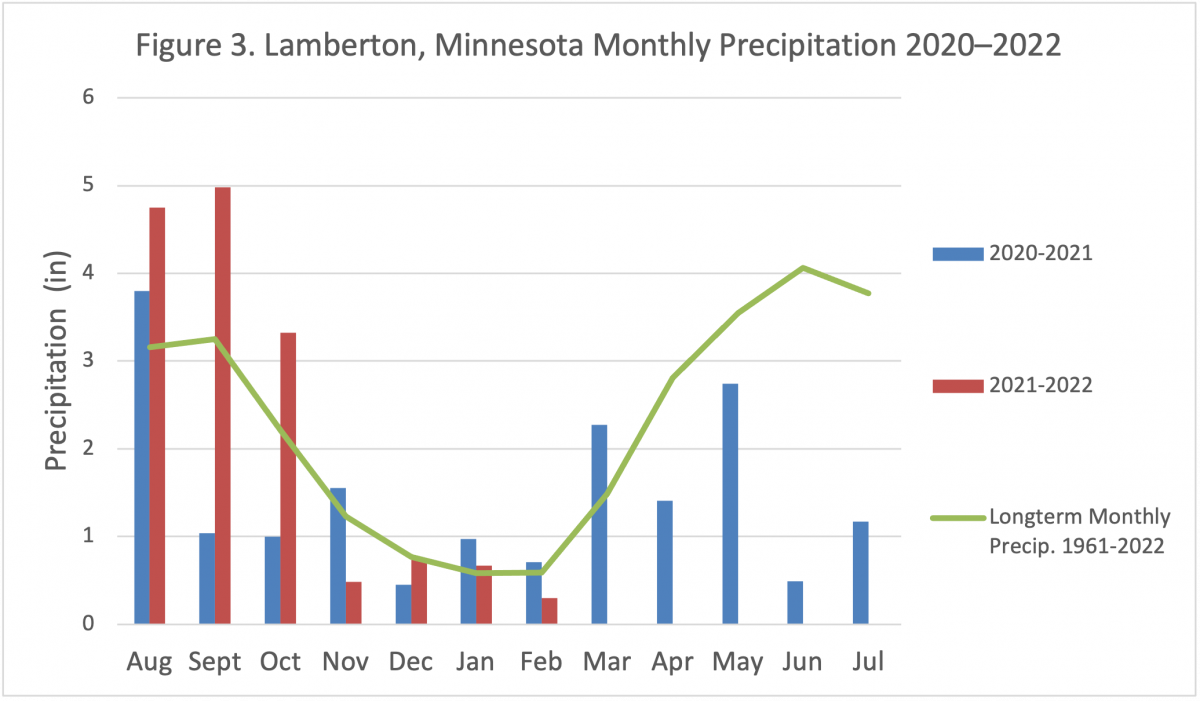 In Minnesota we were able to plant our cover crop mix of winter rye, radish and crimson clover on September 2, 2021. Because of timely rains and warm weather after seeding, the cover crop established well and produced adequate biomass for grazing. We rotated a herd of 160 goats amongst the appropriate treatments from October 6-9th. Biomass cover crop samples, and baseline soil pathogen and fertility samples were collected before grazing.
In Minnesota we were able to plant our cover crop mix of winter rye, radish and crimson clover on September 2, 2021. Because of timely rains and warm weather after seeding, the cover crop established well and produced adequate biomass for grazing. We rotated a herd of 160 goats amongst the appropriate treatments from October 6-9th. Biomass cover crop samples, and baseline soil pathogen and fertility samples were collected before grazing.
Fecal samples from the goats were collected pre- and post-grazing. Post-grazing cover crop biomass samples were also collected. Foodborne pathogen monitoring will begin after our second grazing this spring following the same protocols as last year. Depending on the weather we anticipate this second grazing event will be similar to last year (late April). Organic cucumber seed has been purchased, and we anticipate planting transplants mid to late May after the probability of a killing frost has faded.
6/15/2021
What multi-regional experiments look like:
A snapshot in time across the U.S.
Multi-Regional research projects ask the same questions and run similar experiments in different parts of the country simultaneously so that results are relevant to a broader range of farmers. One challenge that goes unseen to most people outside of this kind of research is the coordination of experiments when climate varies so greatly between regions. In our case, this affects the timing of planting cover crops and experimental crops, when we can add livestock to graze, the types of livestock that are regionally relevant (e.g. goats vs. sheep), and the experimental crops that can be grown. Here is a photo depiction of what this looks like in the field across our three experimental regions in California, Minnesota, and Maryland, where the summer and winter seasons are very different. All pictures were taken at the end of April, 2021.
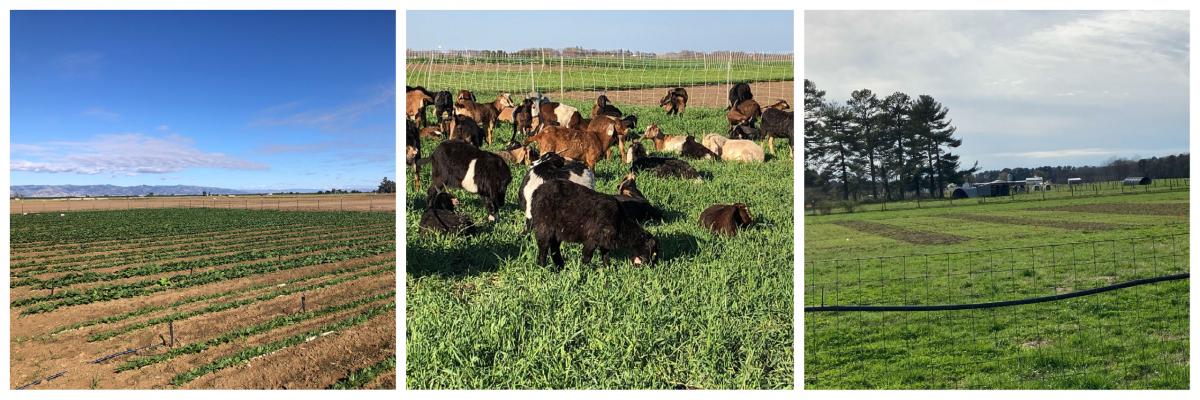
While all states will follow the same protocol, regional differences in climate cause each state to follow different timelines. For instance, California is one step ahead of Minnesota and two steps ahead of Maryland. This image shows a snapshot taken at the same time for each experimental farm, but in different stages of the project for each region. California has already planted its cash crop spinach following grazing, while Minnesota is currently grazing its cover crop before planting spinach, and Maryland is planting their cover crop plots for grazing. Note the size difference in the plots between California and Maryland as well. This is due to the difference in commercial growing of the spinach crop, where California tends to grow larger fields than the other experimental regions.
The three states that are collaborating on this CDFA Specialty Crop Multistate Program grant are all at different stages of the cover crop/crop cycle due to climate differences and a crop (spinach) that is a cool season plant. In Minnesota, the cover crop mix (cereal rye, clover and radish) was grazed once in the fall, then buried under snow for much of the winter. It was grazed again in April, once the snow melted. Spinach will be planted in June. In contrast, in California, the cover crop was only grazed once in March, and then was planted into spinach because spring is typically shorter and there is a smaller window for successfully growing spinach. Spinach will be done growing by June in California. In Maryland, the cover crop was first planted in March and will be grazed around June, with a fall planting of spinach, rather than a spring planting like the other states. These differences in the cover crop/crop cycle will add to the robustness of our analysis of the impacts of grazing on foodborne pathogen risk and soil health indicators.
Regardless of the timing, all states will be following the same protocols for monitoring foodborne pathogens and soil health indicators. We will sample the baseline soil before the grazing and the soils 7, 30, 60, 90 and 120, 150 days after the last grazing event. We will also collect fecal samples of grazing animals before and after the grazing event. The samples will be analyzed and compared for the presence of pathogens (E. coli O157, non-O157 Shiga toxin producing E. coli, and Listeria monocytogenes) & the survival duration of generic E. coli among the three treatments (fallow, ungrazed cover crop and grazed cover crop) throughout the whole period. When spinach is done growing, potential transfer to spinach will be determined by testing spinach leaves at harvest.
For soil fertility, soil samples will be taken at the time of spinach planting and analyzed for soil pH, organic matter content and macro and micro nutrients. Soil samples will be collected during spinach growth to be analyzed for soil fertility again, as well as soil health indicators such as aggregate stability, active carbon and potential nitrogen supply. With this first year of data on both foodborne pathogens and soil fertility and soil health, we will work towards better understanding the potential benefits and tradeoffs of implementing sheep grazing in annual vegetable production in three different climates across the U.S.
Funding for the project was made possible by the U.S. Department of Agriculture’s (USDA) Agricultural Marketing Service through grant # AM 19-1046-001-SF. Its contents are solely the responsibility of the authors and do not necessarily represent the official views of the USDA.
6/10/2020
AgNet West Media Coverage
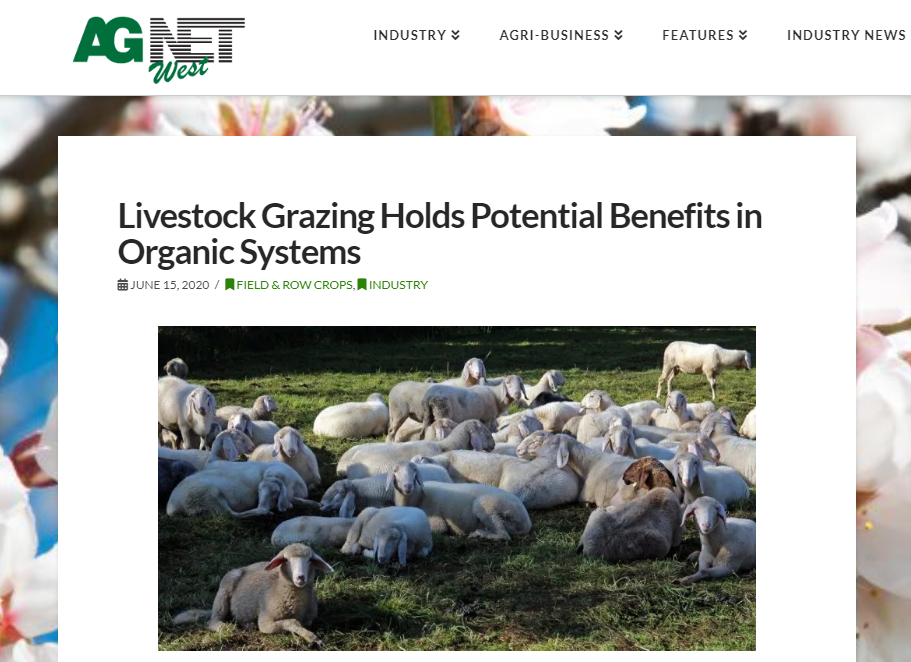 Our project was featured on AgNet West, the largest farm radio network service in California.
Our project was featured on AgNet West, the largest farm radio network service in California.
Here is an exceprt from the article:
Researchers are looking into the benefits that livestock grazing presents for organic farming systems. The project is being made possible by a nearly $1 million U.S. Department of Agriculture (USDA) Specialty Crop Multistate Program grant. The impact of sheep grazing on cover crops will be studied to determine the effect it may have on soil health and bacterial population dynamics.
To read the full article click here!
5/20/2020
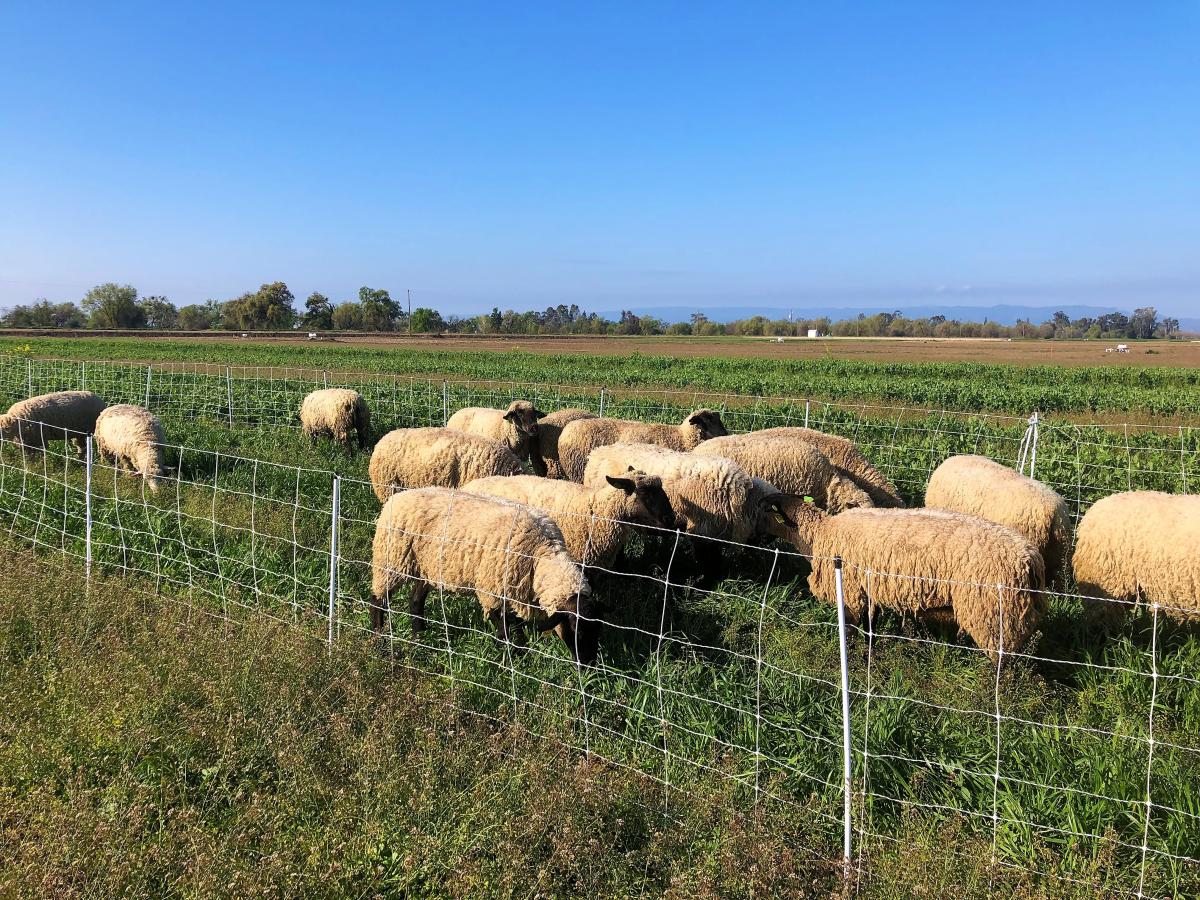 UCANR Blog Post
UCANR Blog Post
The University of California Division of Agriculture and Natural Resources (UCANR) released a blog post about our project! You can read about it here: https://ucanr.edu/blogs/blogcore/postdetail.cfm?postnum=42528
5/19/2020
Specialty grant to examine impact of integrating animals in crop rotations
Multi-state research will explore benefits and potential risks
The Organic Center is pleased to be a part of a collaboration among university, government, and non-profit partners that will receive a major USDA Specialty Crop Multi-State Program grant to look at the benefits of livestock integration through cover-crop grazing on bacterial population dynamics, soil building, and environmental health.
The nearly $1 million project titled “Evaluating the food safety impacts of cover-crop grazing in fresh produce systems to improve cover crop adoption, crop-livestock integration, and soil health” is led by the University of California, Davis in partnership with The Organic Center, USDA’s Agricultural Research Service, the University of Maryland Eastern Shore, and the University of Minnesota.
“Fresh produce growers and their advisors will benefit from learning about the impacts of integrating livestock grazing with winter cover crop management on soil health including soil organic matter, nutrient cycling and reduced nitrate leaching, and potential food safety risks discovered in this project to make decisions on adoption, management, and environmental benefits of WCC in annual vegetable systems,” said Alda Pires, University of California Cooperative Extension specialist and lead principle investigator in the study.
Livestock grazing of cover crops could be beneficial for organic systems, because it maximizes the strengths of cover cropping, including enhanced soil fertility, structure, water infiltration and storage, and reduced nitrate leaching, while addressing challenges that have limited the expansion of cover crop use. These challenges include concerns over cover crop water use and nutrient immobilization, which could increase deficiencies and increase input costs of the crops that follow.
Many growers consider livestock grazing of cover-cropped fields in fresh produce operations as a way to enhance soil health and environmental benefits by increasing carbon inputs and nutrient cycling.
“This study will allow farmers to complement the benefits of both cover cropping and livestock integration into cropping systems,” said Jessica Shade, the Director of Science Programs from The Organic Center. “Like cover cropping, integrating animals into cropping systems can be beneficial to farm environmental impacts and profitability by improving nutrient cycling, reducing dependence on external inputs, improving soil health, and diversifying profit streams.”
Unfortunately, despite the well-known benefits of animal-crop integration, concerns over microbial food safety are limiting the expansion of animal integration into cropping systems. Recent research has shown that integrated crop-animal systems perform well in keeping pathogens out of meat, but additional research is needed to examine the synergistic impacts of the use of livestock for cover crop grazing on ecosystem health and food safety.
This project will fill this research need by examining food pathogen persistence and survival in soil and transfer to vegetable crops, and the relationship between soil health properties, environmental factors and pathogen survival in grazed cover crop-vegetable production in three states.
Researchers will measure changes in soil health indicators over two years of grazed cover crop-vegetable production, and assess benefits and potential tradeoffs of vegetable cash crop productivity.
The research team is multi-institutional, multi-regional, and interdisciplinary, and includes:
- Alda Pires, UC Davis
- Michele Jay-Russell, WCFS, UC Davis
- Nicole Tautges, UC Davis
- Amelie Gaudin, UC Davis
- Patricia Millner, USDA-ARS
- Fawzy Hashem, UMES, MD
- Paulo Pagliari, UMN, and
- Jessica Shade, The Organic Center
- Amber Sciligo, The Organic Center
The Organic Center will help lead outreach efforts focusing on the benefits of grazing and food safety impacts such as online tools, outreach events, conference presentations, and publications targeted to growers, policymakers and consumers.


